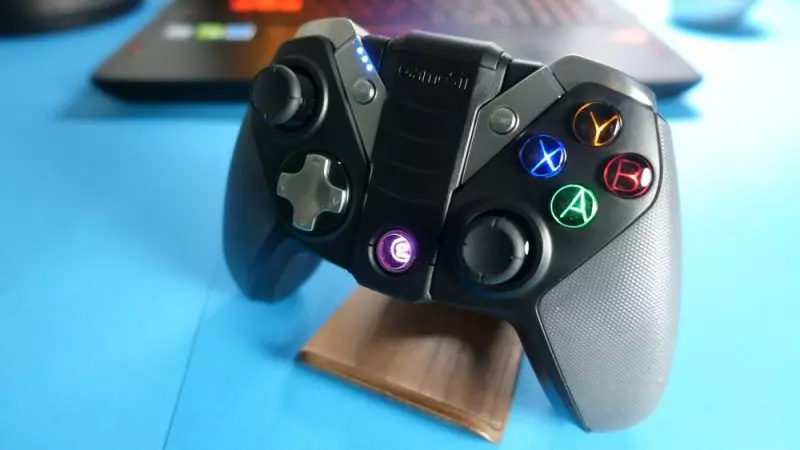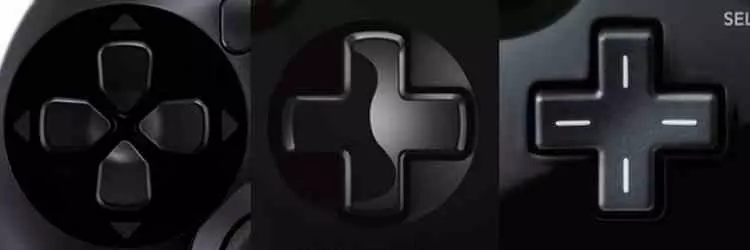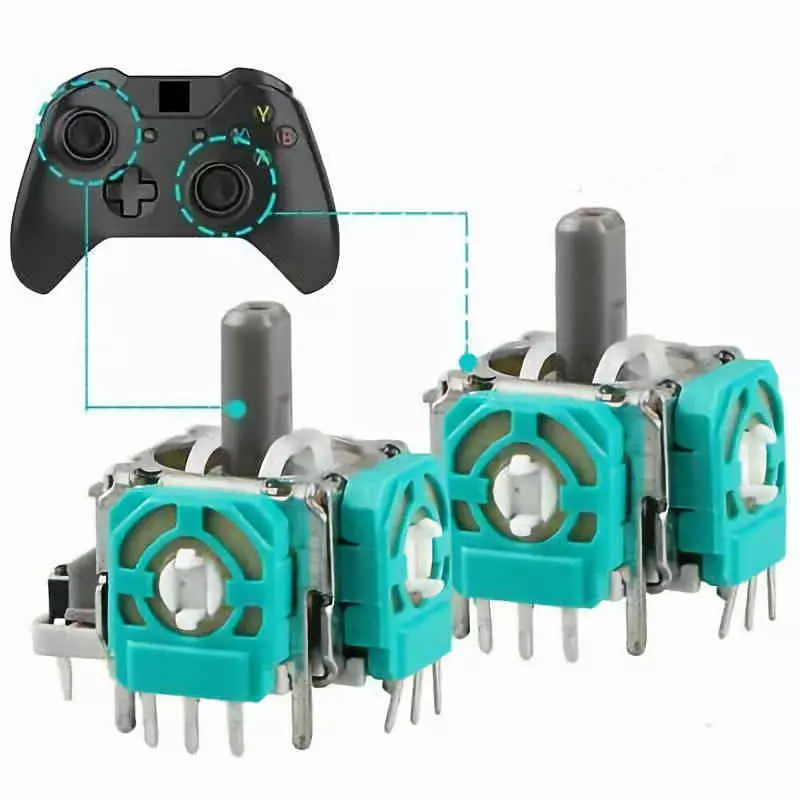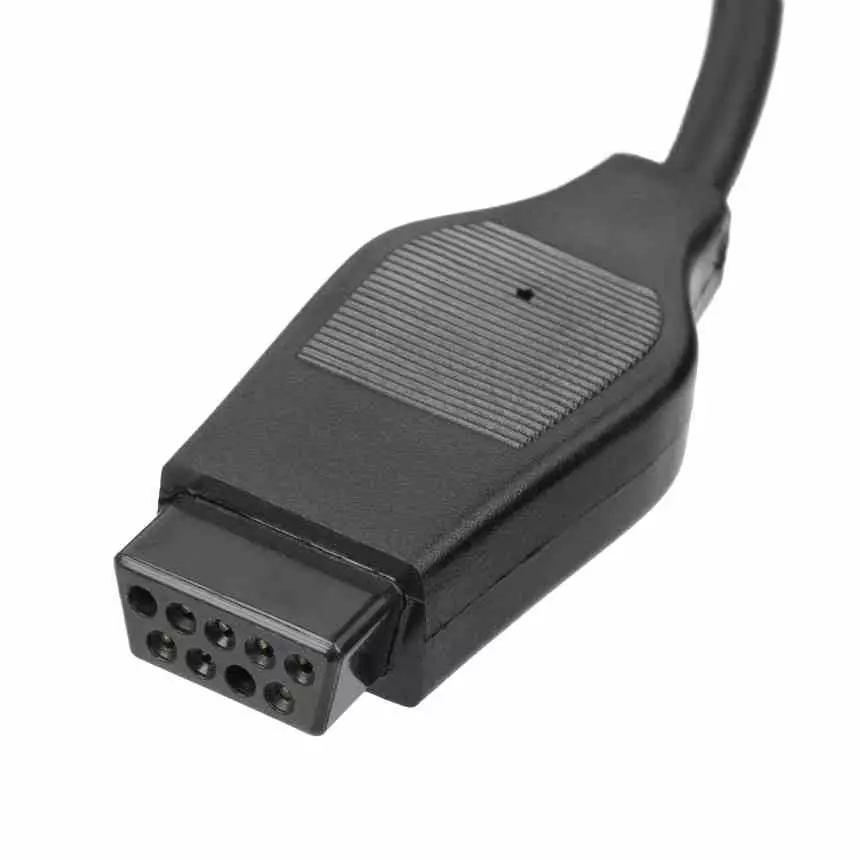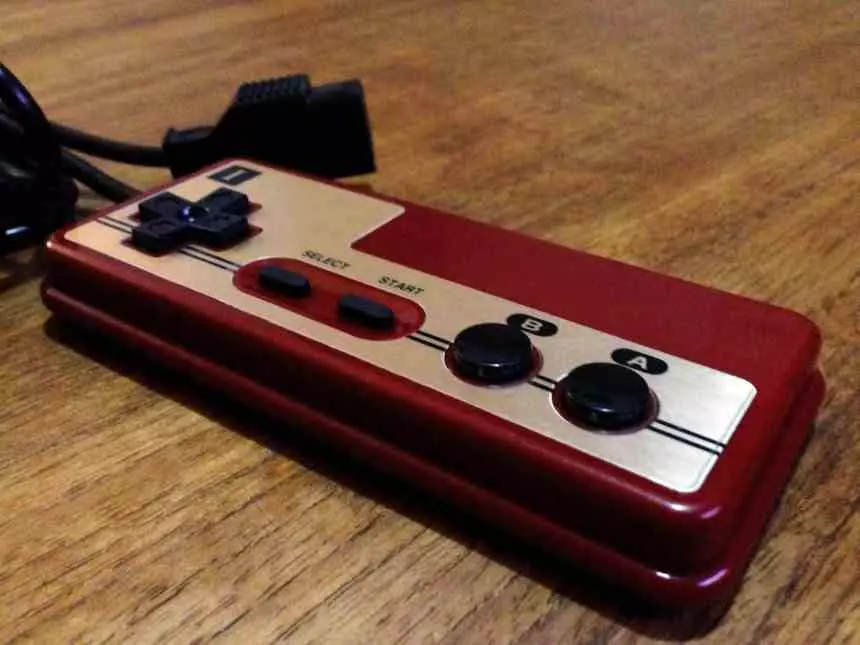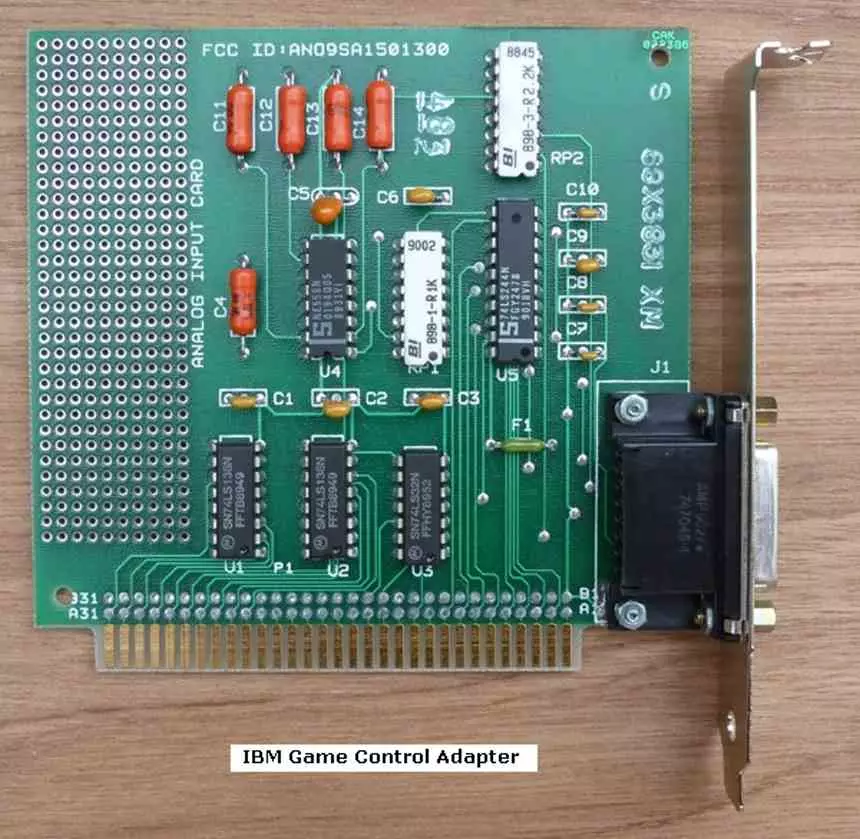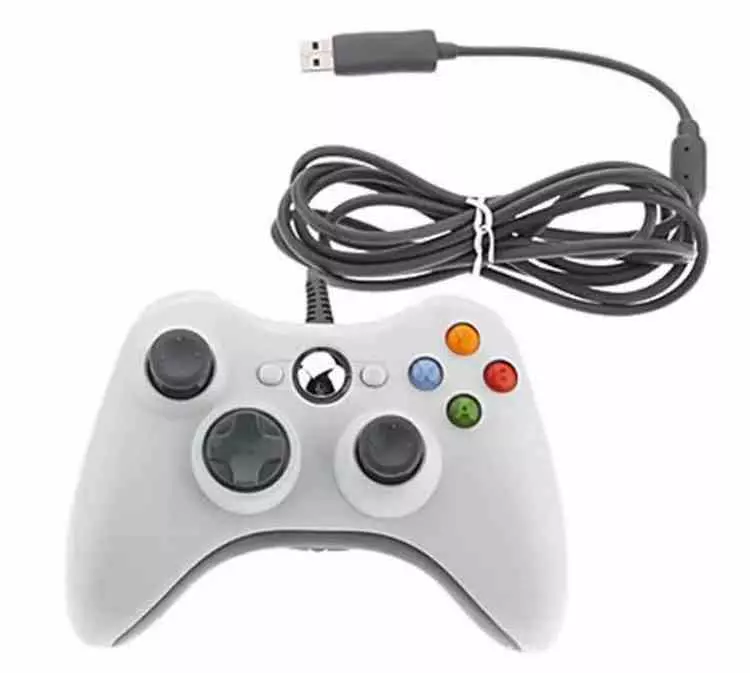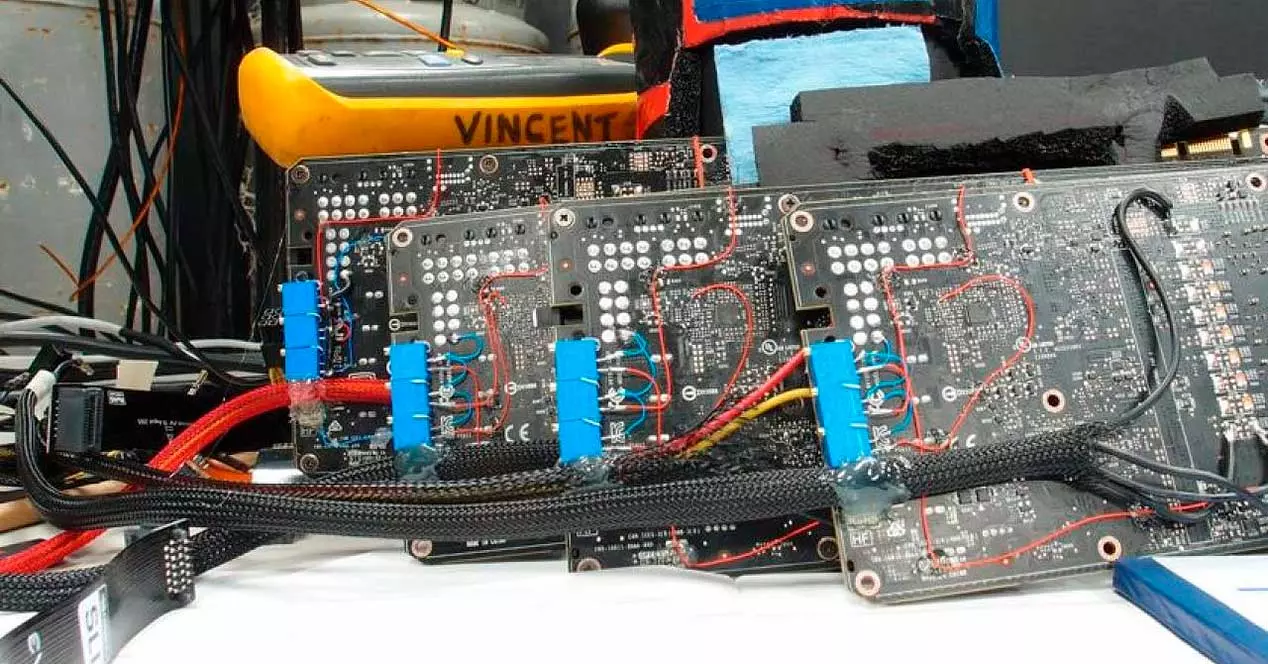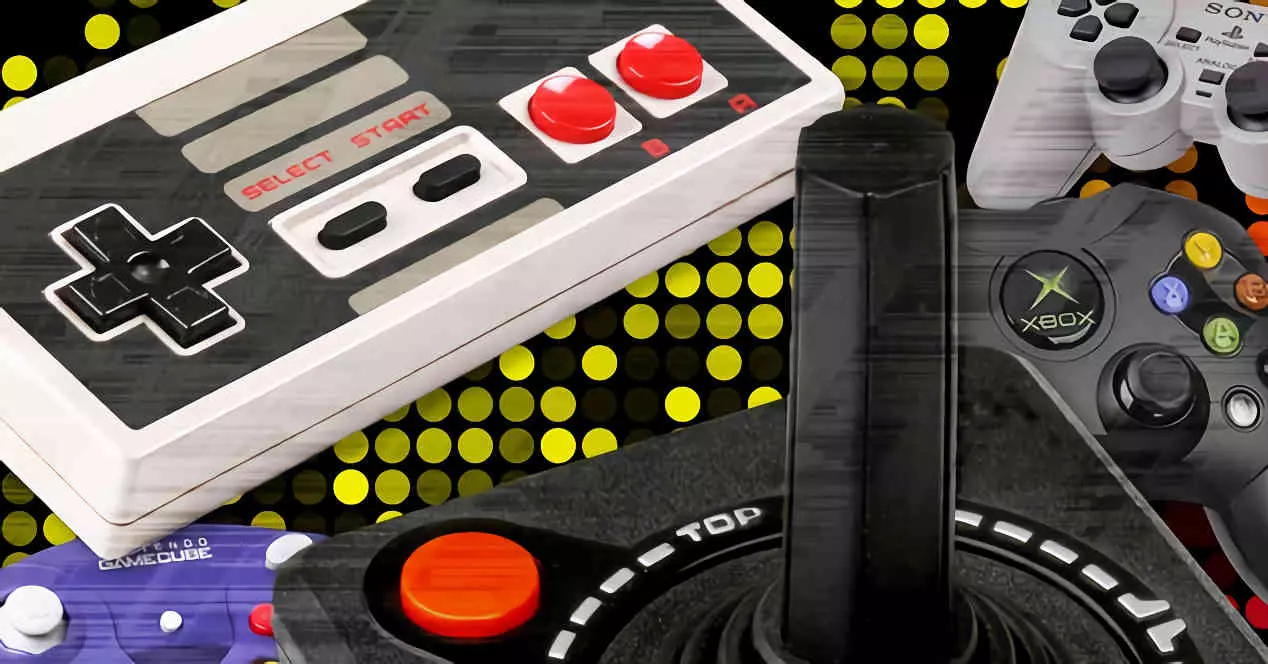
Today’s Gamepads are input methods at least complex, we see a huge number of buttons of different types organized around the body, a couple of levers and everything spiced up with different forms of Feedback through vibration and other input methods. like touchpads. Without forgetting, of course, the use of inertial sensors such as gyroscopes and accelerometers.
So a gamepad is at least a complex piece and at the same time a contradiction in itself. The accumulation of technologies that it has integrated can give the feeling for those who do not play that they make control complex. At the same time, those of us who have grown up with them are completely natural to use, but we have also seen a progressive increase in complexity.
What is a Gamepad?
A Gamepad or control knob is an input and output peripheral that allows us to control the action in a video game. It is designed to be held with both hands and to give access with a few fingers of each hand to the different elements of it. Today a Gamepad is made up of the following elements.
D-Pad or digital crosshead: it is the most defining element of a Gamepad, this consists of a directional cross that is used in 2D games, being digital it only has one value per direction that is pressed. So if we want the character to go faster than his normal speed, it is necessary to press a button simultaneously. This was a problem for the first games, but it was solved with the use of analog sticks.
The action buttons have been standardized as four different buttons, but initially on the Gamepads there were two and we even had 6-button controllers. The success of the SONY PlayStation in its different generations and the use of a common form factor made the 4-button front configuration standardized and adopted by the industry. Although the first console with such a configuration was Nintendo’s SNES.
The upper buttons were also born with the Super NES, this configuration was created by the fact that the Japanese saw the Mega Drive controller too large and Nintendo decided to redistribute the buttons. SONY with the control of the first PlayStation added two buttons on the back and its definitive evolution came with the first Xbox where these were given a tour to be analog, which improved control in speed and shooting games. For this, a potentiometer is also used that measures the force in which we move these buttons.
The analog sticks make use of a potentiometer, which measures the displacement in which we move the stick and the direction, thereby generating a value. The first system to be introduced with a stick of this type was the Nintendo 64, but the first to hit the market with one was the Sega Saturn with the controller for the game Nights. Although the dual stick configuration was popularized by the Dualshock of the first PlayStation. Since then the left stick is to move the character and the right to change the perspective of the camera. In first person games, on the other hand, the movement of the mouse is replaced.
All these elements are common in all the Gamepads that we can find today on the market. Regarding its way of transmitting data, originally parallel interfaces were used in which each button and address had an assigned pin, which nowadays no longer occurs as USB is a serial port.
The origin of the Gamepad
The first video game systems did not use Gamepads, but instead made use of other control methods. The first to standardize was Atari with the Joystick from the first VCS. Which is not considered a Gamepad as it does not make use of a digital crosshead or D-Pad but of a Joystick. What was special about it? The Atari 9-pin port was standardized as the control port for many systems on the market, allowing the different joysticks to be used not only in the Atari console but also in the 8-bit and 16-bit computers that appeared years later. late at the market.
The pin configuration, apart from the power pin and the ground pin, were four pins, where each of the four directions and another for the action button. This freed up a pin to add an additional button in games. Which is what many systems of the time did, but since the 1-button stick was the standard, this was the one that ended up being standardized.
The first console to have a GamePad was the Nintendo Famicom, which was distributed in the West under the name NES. The system used a different port than Atari in order not to pay them royalties of any kind. Using a shift register they managed to reduce the number of pins. Which led to it making use of a different type of connection than the Atari controls. The one on the Famicom / NES had only 7 pins, but could use an additional button they called Select.
Sega, Nintendo’s rival, on the other hand, adopted the Atari port in its Master System, taking advantage of the fact that it could place an additional button, and used it to place an additional button, but its 16-bit console needed the use of a shift register inside. Sega made their 16 bit hardware backwards compatible and recycled the Atari ports. When the 16-bit consoles arrived, the joysticks were already in the process of disappearing. The systems that used them, Atari and Commodore, were in the doldrums and were eaten up in the market by the enormous success of the consoles.
Meanwhile on the PC
The PC was born as a productivity system and not to play, this made PC games take time to take off. What’s more, PC graphics hardware was extremely complex to program for gaming. Not for lack of power, but because a large majority of users used cards like CGA that were totally useless for games due to their slowness and their inability to support screen scrolling.
However, for the IBM 5150 there came to be an expansion card that allowed to connect a joystick called Game Control Adapter, which was really thought to integrate two Joysticks in the same common connector. Despite how bad the gaming hardware was, its high price and the fact that it did not follow the standard made that port be forgotten for years, until it was included in the sound cards that were sold in the late 80s.
Instead of having a pin for each direction, what you had was a pin for each of the axes and a power pin for each of the axes. The operation was very simple. The horizontal axis pin marked 0 or 1 depending on whether the joystick was left or right, the vertical axis pin up and down. And the voltage pin of each of the axes was used to mark that it had been pulsed. In this way the 15-pin controller had 4 voltage pins, 2 ground pins, 2 pins for the horizontal axis of each joystick, and 4 pins for buttons. Despite the increased number of pins this greatly limited the number of buttons that could be placed to evolve the controller.
The USB came to save the situation
In their origins, consoles and PCs were different, but over time they evolved to a common substrate, which led to the need for the standardization of control methods. The problem? The 15-pin port was limited to integrating enhancements such as analog sticks, vibration, and the increased number of buttons. Luckily USB was born as a way to replace the old I / O ports.
Consoles, on the other hand, took a generation to adopt USB, it did so in the generation of HD consoles where proprietary ports were no longer used to adopt USB. This allowed Microsoft to make the control of its Xbox 360 become the standard for the PC, a situation that continues to this day, where the base form has evolved rather little.
